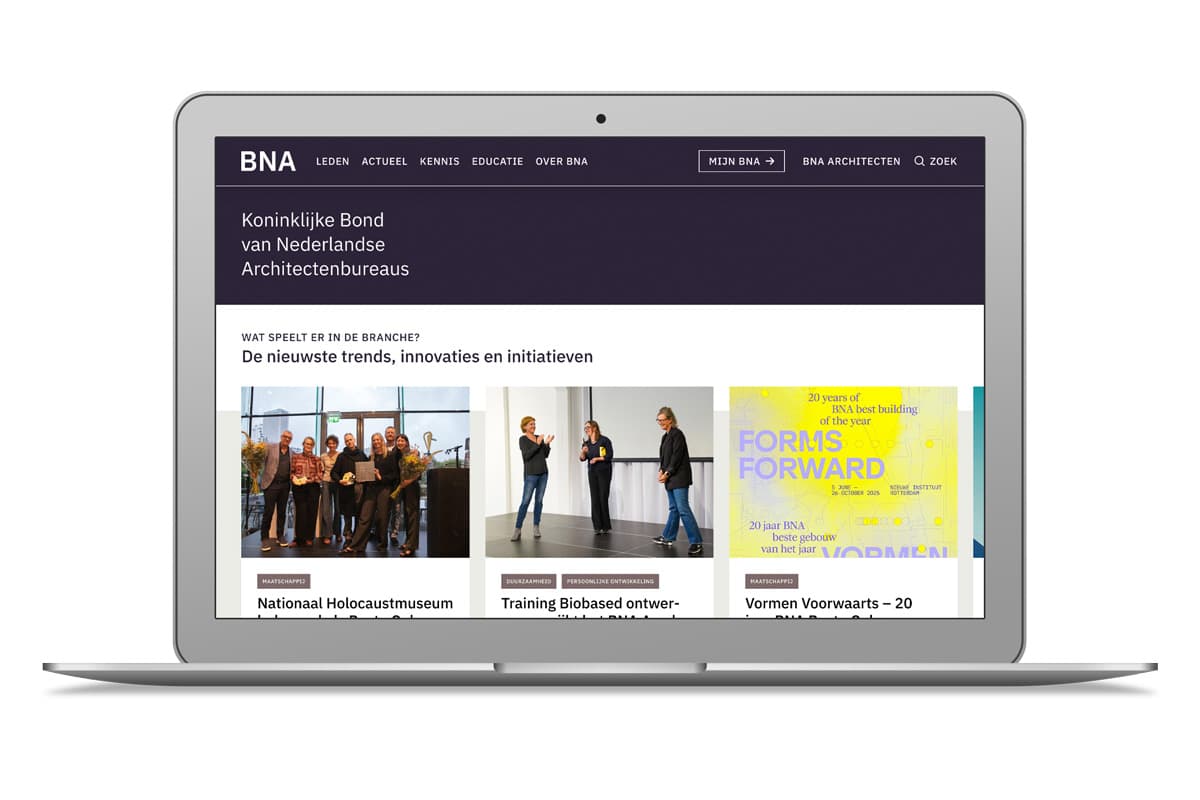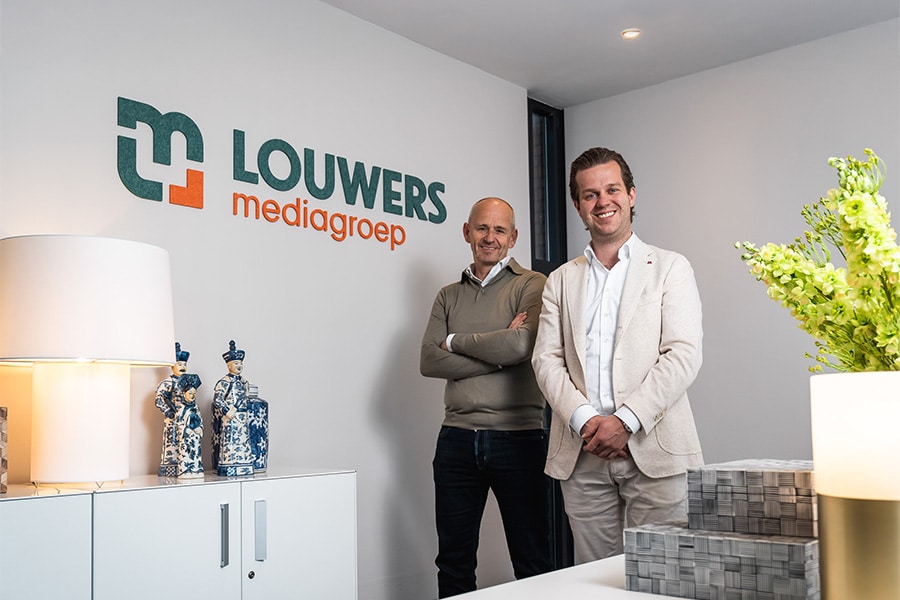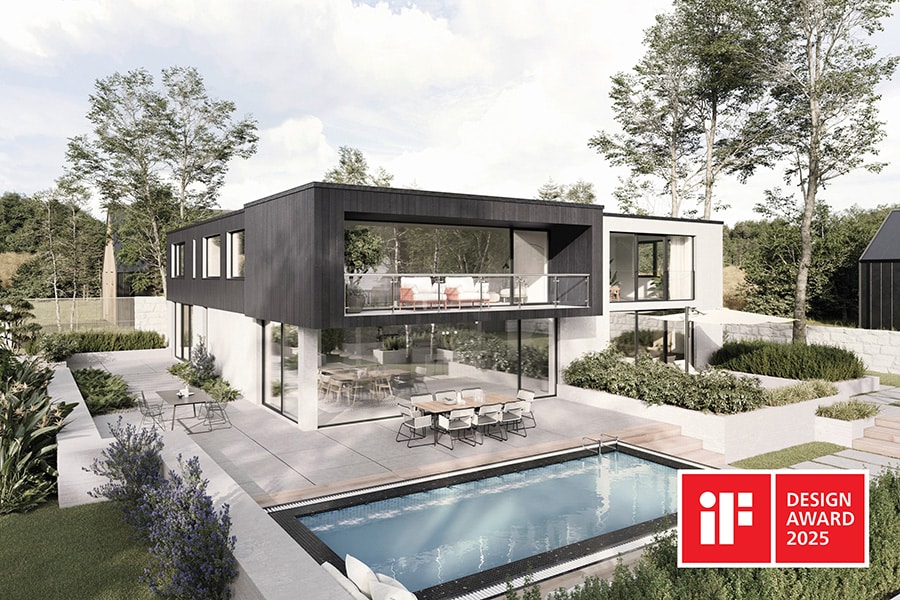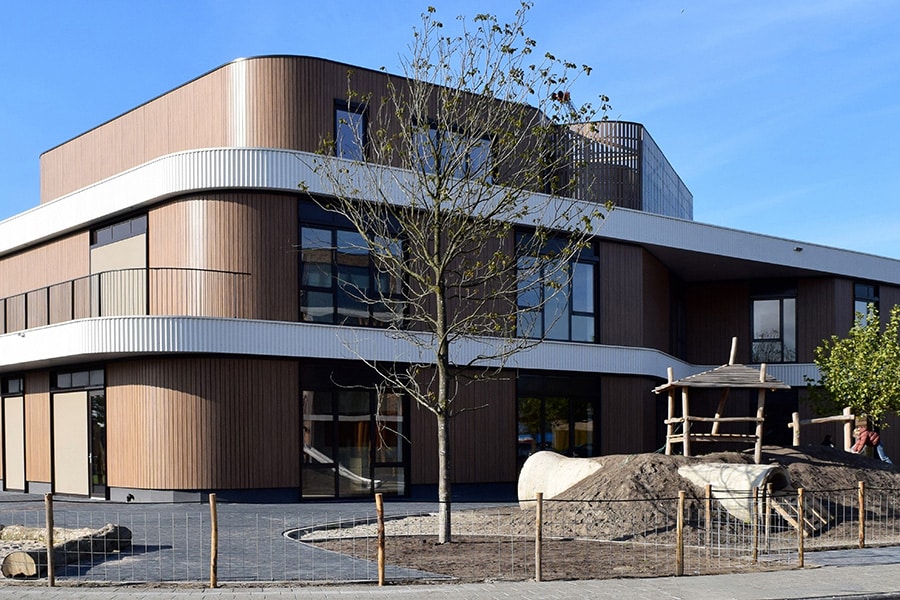
The common thread? The adaptability!
5 ecological office buildings that will delight you
Sustainable building in the office sector does not mean that it has to come at the expense of interesting and bold forms. In fact, many solutions used in sustainable construction encourage architects to create bold and innovative design solutions. Discover five examples that will delight you!

MB-86 SI, MB-SR50N, MB-SR60N. Project: Dam & Partners Architects.

Applied systems: MB-SR50N EFEKT. Project:MoreySmith.
The examples below from around the world show how the use of aluminum, glass and a visionary design approach by architects can translate into the construction of an office building that meets BREEAM or LEED standards while looking remarkable and masterful in design.
61 Ninth Avenue - flexibility on many levels
This extraordinary office building, designed by architecture studio Rafael Viñoly and built on the corner of a busy intersection in a historic industrial district, has become an icon of Meatpacking District Manhattan.
A characteristic feature is the enormous adaptability. By placing the communication core on one side of the building, it was possible to flexibly adapt the space to the needs of the tenants. With curtain walls, various layouts of the spaces can be created, different on each floor. The result is not only a unique interior, but also an interesting appearance of the building. Moreover, the many terraces with different configurations, depending on the floor, offer a social space yet again a sense of privacy. The building incorporates numerous sustainable and ecological solutions, which earned it LEED certification Gold status.

110 Cannon Street in London - impressive renovation
This is an example of a building that has become a figurehead of the office building renovation sector after a major transformation. The changes made 10 years ago are as attractive as ever. Thanks to the use of the semi-structural façade MB-SR50N Efekt, a uniform glazing appearance was achieved from the outside that is in line with the other building components.
The building's renovation, which has improved energy efficiency, drastically reduced water consumption, and the choice of fully recyclable materials such as aluminum has led to BREEAM certification as "Very Good.
Green2Day - an office building perfectly integrated with the surrounding space
An office building can be both environmentally friendly and impressive at the same time. An example of such a project is the Green2Day building, which was designed by Maćków design studio and realized in Wrocław, Poland. The architects managed to create a very daring project based on large-scale use of non-standard glazing.

This modern, 7-story office building, built on the edge of the historic district of the city, stands out not only for its shape.
It is designed to brighten up the neighborhood with the creation of a large public space and the reactivation of a formerly forgotten walking connection, providing a historic and attractive alternative to other walking routes in the neighborhood.
Thanks to the applied façade systems MB-SR50N HI+ with very high thermal insulation (Uf from 0.6 W/m2K) and solutions that greatly reduce water and energy consumption, the building obtained LEED Gold certification.
Mennica Legacy Tower - Commercial High-Rise Architecture
This prestigious office building in the Polish capital obtained the title of best investment in Poland and in Europe in the Commercial High-Rise Architecture category awarded by European Property Awards.
Designed by design studio Goettsch Partners in Chicago, the building combines outstanding functionality, the best technology, high-quality finishing materials and unique architecture.
The 65,000-square-meter modern space, the vast majority of which are offices, is located in two buildings - a 130-meter glass tower and an adjacent lower 36-meter building. The whole is breathtakingly beautiful.
"For this project we designed individual facade and window solutions," says Ralph van der Kooij, Sales Manager at Aluprof Nederland BV. In the upper parts of the tower, the MB-SE80 MLT system was used, which is intended for the construction of light curtain walls, "a suspended type.
"Through the appropriate differentiation of the shapes of aluminum profiles and the glazing technology of the façade segments, the visual effects on the façade proposed and expected by the architects were realized in practice. The system is complemented by the MB-86 SI MLT panel window that allows the supply of fresh air to the rooms of the building. The lower sections are equipped with an individual MB-SR60N MLT column-mirror wall system," the expert describes.
"Aluminum fits perfectly into the idea of an office building that must meet the highest energy standards. This is because the material is fully recyclable and ecological. Moreover, aluminum facade systems have such good insulation parameters that they can even be used for passive construction," explains van der Kooij.
Mennica Legacy Tower obtained the BREEAM Outstanding rating. This is the highest possible distinction in this system. The building also obtained LEED platinum certification.
Hourglass in Amsterdam - a project that charms with its impressive form
The nearly 80-meter-high Hourglass office building was built in Amsterdam with the intention of creating a wide variety of special uses.
The property includes office and commercial space and a 115-room hotel, which not only meets the needs of the guests of the Hourglass building, but also meets various needs of the surrounding office buildings.
This fully intelligent building is equipped with a number of improvements that make life easier, including temperature and light control using a smartphones and IPad's. Construction was completed in 2020 and the property obtained BREEAM Excellent certification.
Hourglass stands out not only because it was created in the spirit of sustainable building, but mainly because of its unusual shape. The large glass entrance from Parnassusweg with an impressive, enormous hall full of natural light, green walls with plants and wooden finishes make everyone who enters the building feel at one with nature. The building stands out architecturally across the entire Zuidas.
"We are very proud of this building. It is a project that clearly shows that ecological buildings can appeal both from the outside and the inside," explains Michiel van Duren, Managing Director at Aluprof Nederland BV.
Let's build a better future
Spectacular green building projects, such as the Museum of Tomorrow in Rio de Janeiro or the Olympic House in Lausanne, Switzerland, are attracting attention, but do not daily determine the future direction of the industry's development. It is thanks to projects such as Hourglass or 110 Cannon Street that building really is no longer a burden on the environment and is becoming an important sustainable element. Hopefully, more and more such projects will appear on the map of the Netherlands and throughout Europe.



